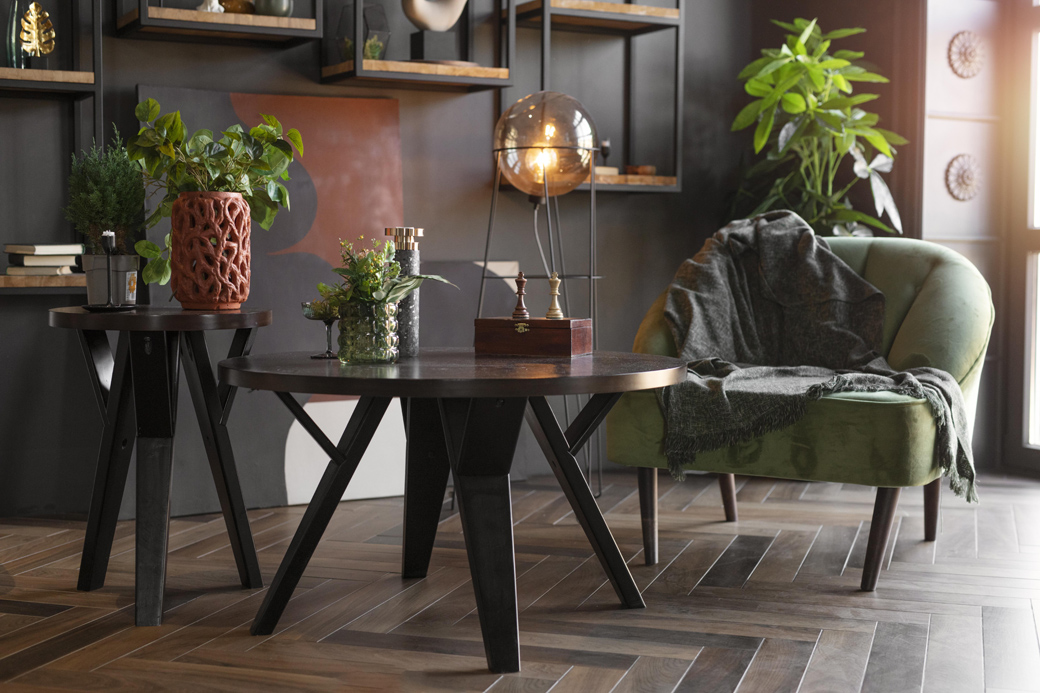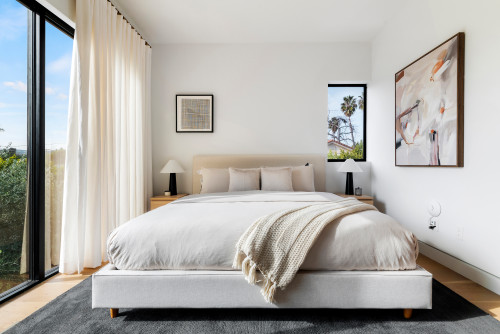5 Essential Steps for First-Time Homebuyers


Purchasing your first home is an exhilarating journey filled with opportunities, but it’s crucial to tread carefully to avoid common pitfalls. To maximize your success as a first-time homebuyer, consider these five essential guidelines:
1. Avoid Rushing into Love with a Property
The excitement of house hunting can lead to impulsive decisions. While it’s natural to have a favorite, it’s equally important to explore other properties that align with your needs and budget. Strive for objectivity when assessing which home is the best fit for your current and future needs.
Becoming too emotionally attached to a house can put you at a disadvantage during negotiations and may cause you to overlook significant issues. Until you’ve moved in, view the house as a practical living space rather than a personal love affair. There will be plenty of time for that later.
2. Keep Resale Value in Mind
Although your first home may feel like a forever residence, it often serves as a steppingstone in your financial journey. Choose a location where property values are on the rise, considering proximity to amenities like parks and shopping that can enhance the home’s resale potential.
Exercise caution when considering a home that significantly outpaces the size and cost of other properties in the neighborhood. Such properties can pose challenges when selling, as they may not align with the local market.
3. Factor in Repair Costs
If you’ve found your dream home but uncover necessary repairs during negotiations, it can be tempting to proceed anyway. However, these repairs can become a heavy financial burden, especially if you’re already stretching your budget with mortgage payments. If the home still appeals to you, negotiate with the seller to address the repairs or adjust the purchase price accordingly.
4. Organize Your Finances
House hunting is exciting, but it can lead to setbacks if your financial house isn’t in order. Prior to engaging with potential lenders, review your credit report, reduce debt, and maintain a financial cushion. Consult with lenders to secure pre-approval for a loan.
By taking these steps, you can address any financial issues in advance and enhance your negotiating position. Knowing your true affordability enables you to embark on a focused and confident home search.
5. Explore First-Time Buyer Programs and Incentives
First-time homebuyers often have access to government assistance programs at the local, state, or federal levels. These initiatives may offer down payment assistance or favorable financing options. For instance, FHA loans provide accessible and affordable financing, particularly for individuals with lower credit scores or limited down payments.
Consider enlisting the support of a qualified buyer’s representative, such as a REALTOR® with an Accredited Buyer’s Representative (ABR®) designation. They can expertly guide you through the entire homebuying process, including navigating available assistance programs in your area. With their assistance, you’ll make informed decisions, explore all options, and evaluate the pros and cons of each property you consider. Finding a qualified agent in your vicinity is a straightforward process.

7 Budget-Friendly Kitchen Remodeling Ideas
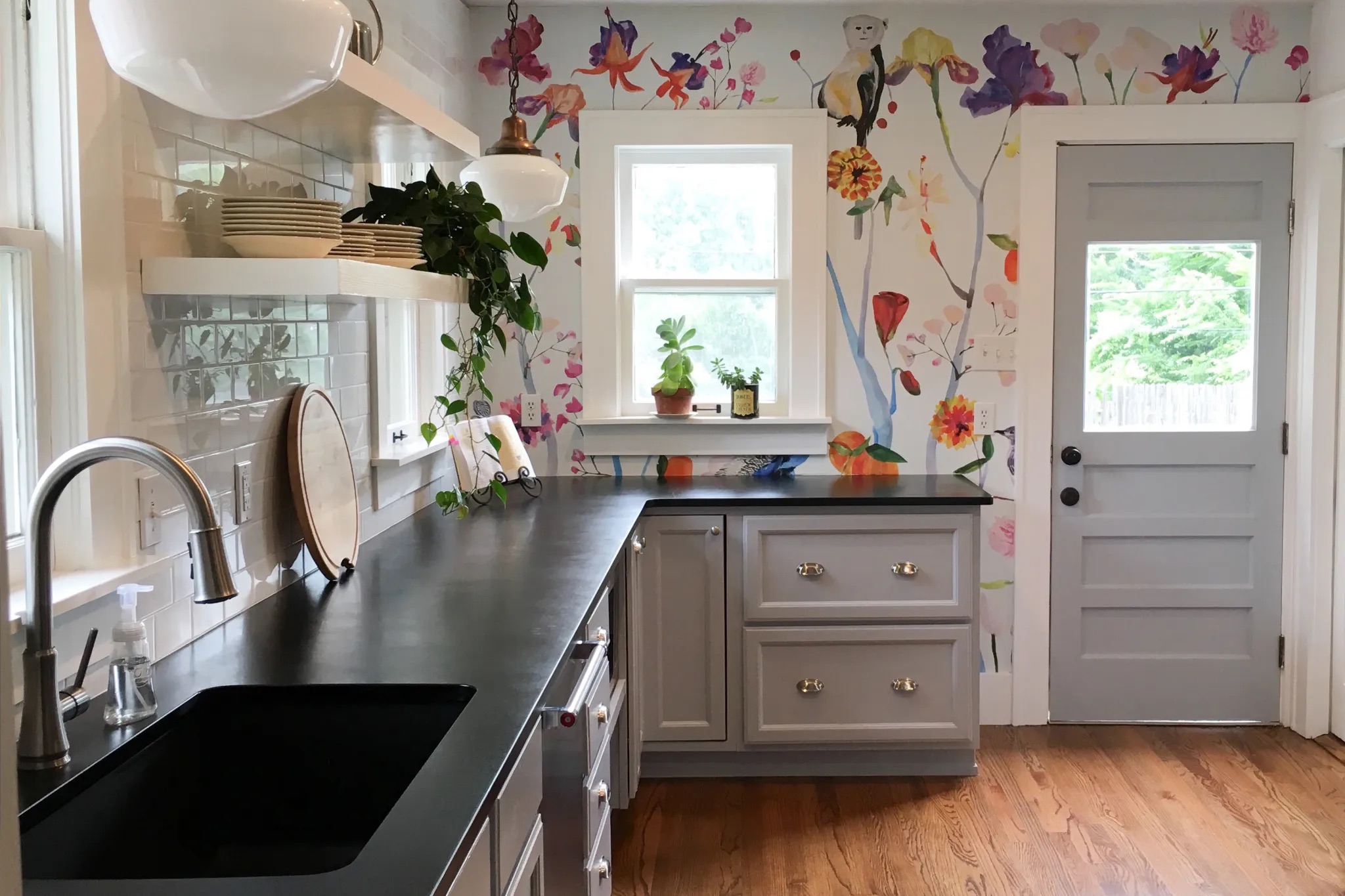

When it comes to remodeling your kitchen, you don’t need to break the bank to achieve a stunning transformation. With careful planning and thoughtful choices, you can enhance the functionality and aesthetics of your kitchen without draining your wallet. Here are seven budget-friendly kitchen remodel ideas to help you get the most value from your project:
1. Start with a Comprehensive Plan
A well-thought-out plan is the foundation of a successful kitchen remodel. Invest time in the planning phase to avoid costly changes during construction. The National Kitchen and Bath Association recommends at least six months of planning to ensure that your project stays on track and within budget. Consider factors like traffic patterns, ergonomic design, and unforeseen issues when creating your plan. Seeking professional guidance from a designer can be invaluable and well worth the investment.
2. Be Realistic About Appliances
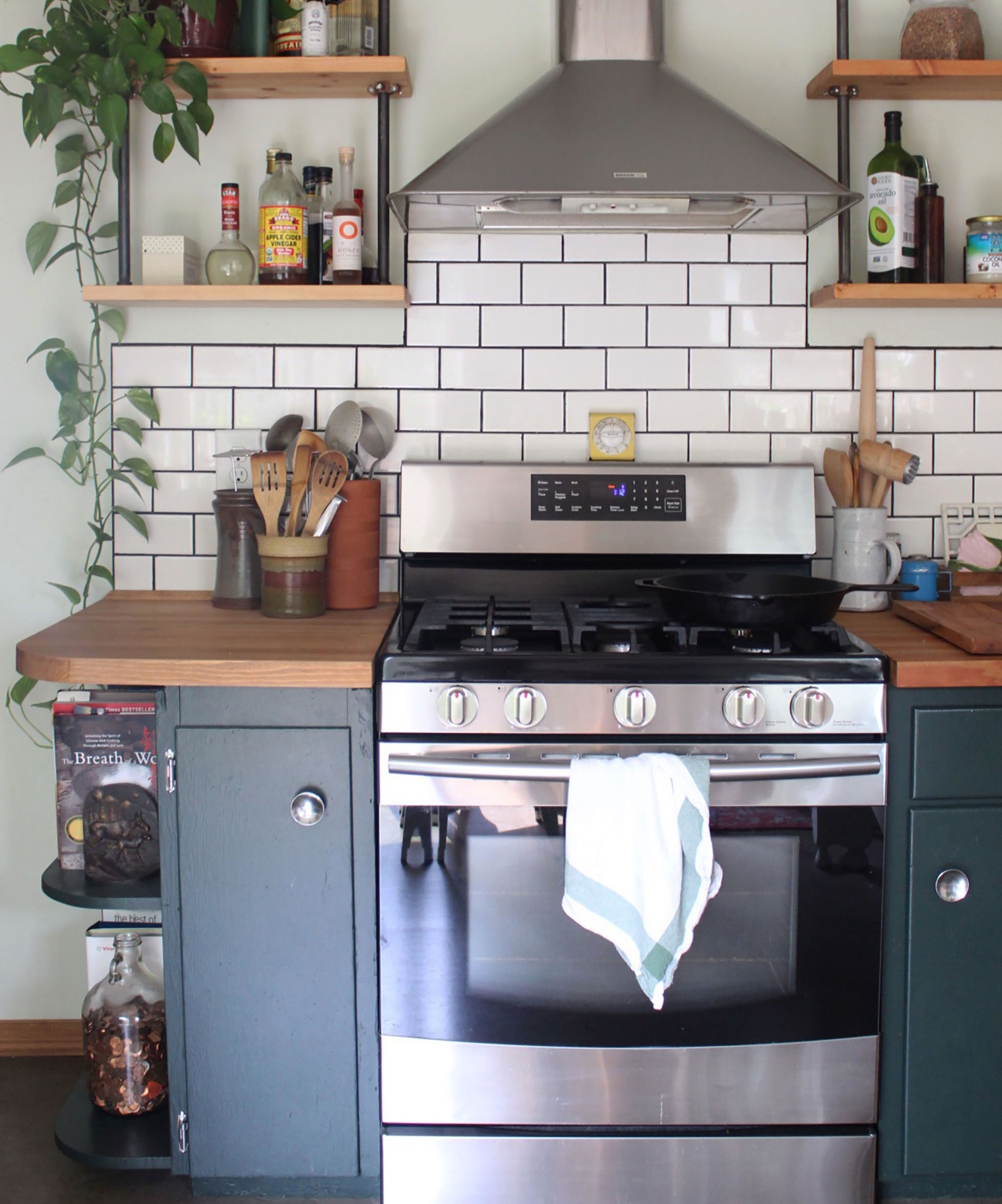
While high-end appliances may be tempting, consider your actual cooking needs and lifestyle. Focus your budget on long-term features like cabinets and flooring instead of splurging on appliances. Choose trusted brands with positive online reviews and high ratings from sources like “Consumer Reports” to ensure quality without overspending.
3. Maintain the Same Layout
Changing the location of plumbing and electrical elements can significantly increase costs and lead to unforeseen challenges. Whenever possible, keep appliances, fixtures, and walls in their existing positions. This approach minimizes demolition and reconstruction expenses and reduces the amount of dust and debris generated during the remodel.
4. Harness the Power of Lighting
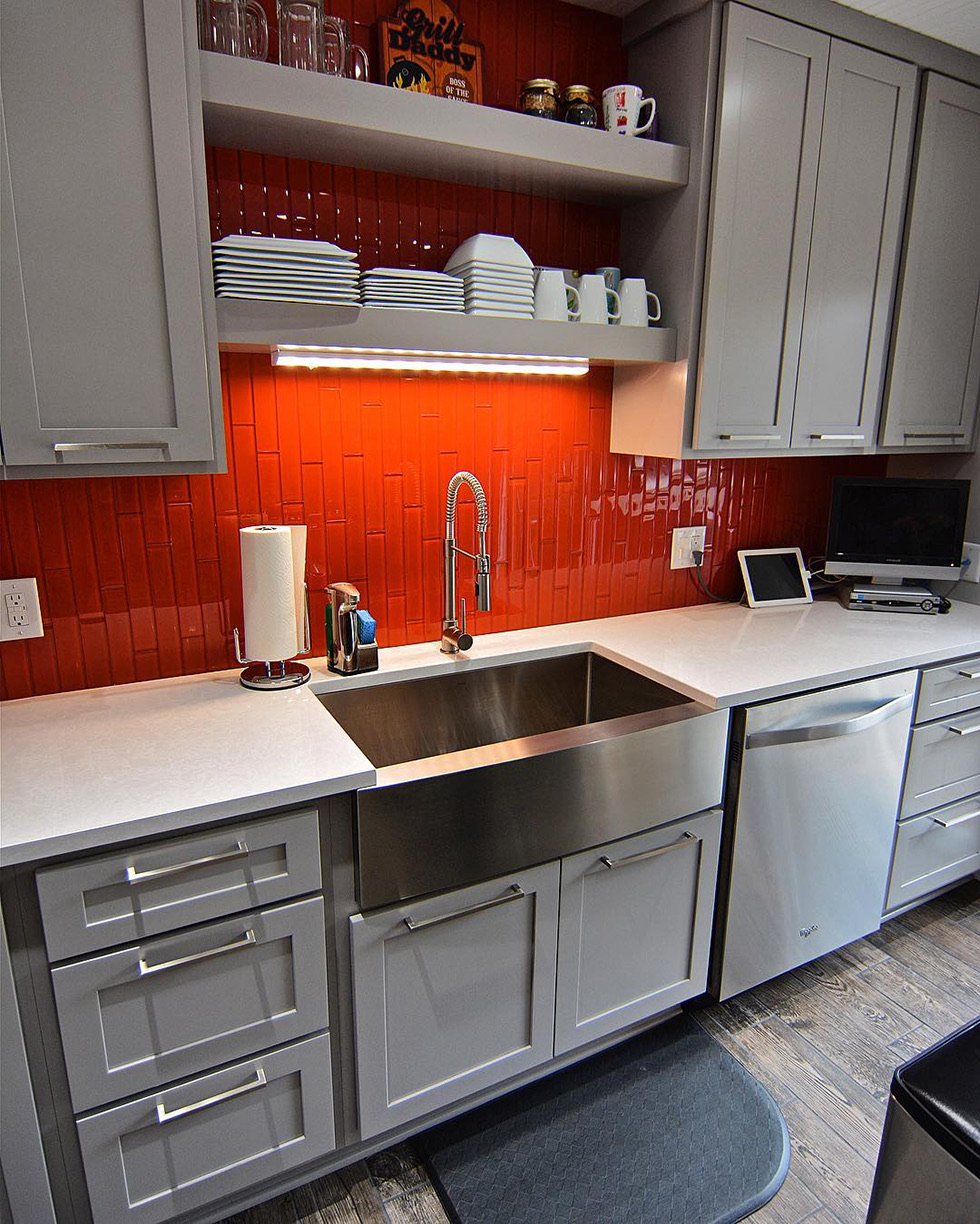
Effective lighting can make a substantial difference in your kitchen’s appearance and functionality. Incorporate two types of lighting:
– Task lighting: Install under-cabinet lighting to eliminate shadows in work areas. Pendant lights and recessed lights are also excellent choices for different sections of your kitchen.
– Ambient lighting: Utilize flush-mounted ceiling fixtures, wall sconces, and track lights to provide overall illumination. Incorporate dimmer switches to control the lighting intensity and mood.
5. Prioritize Quality
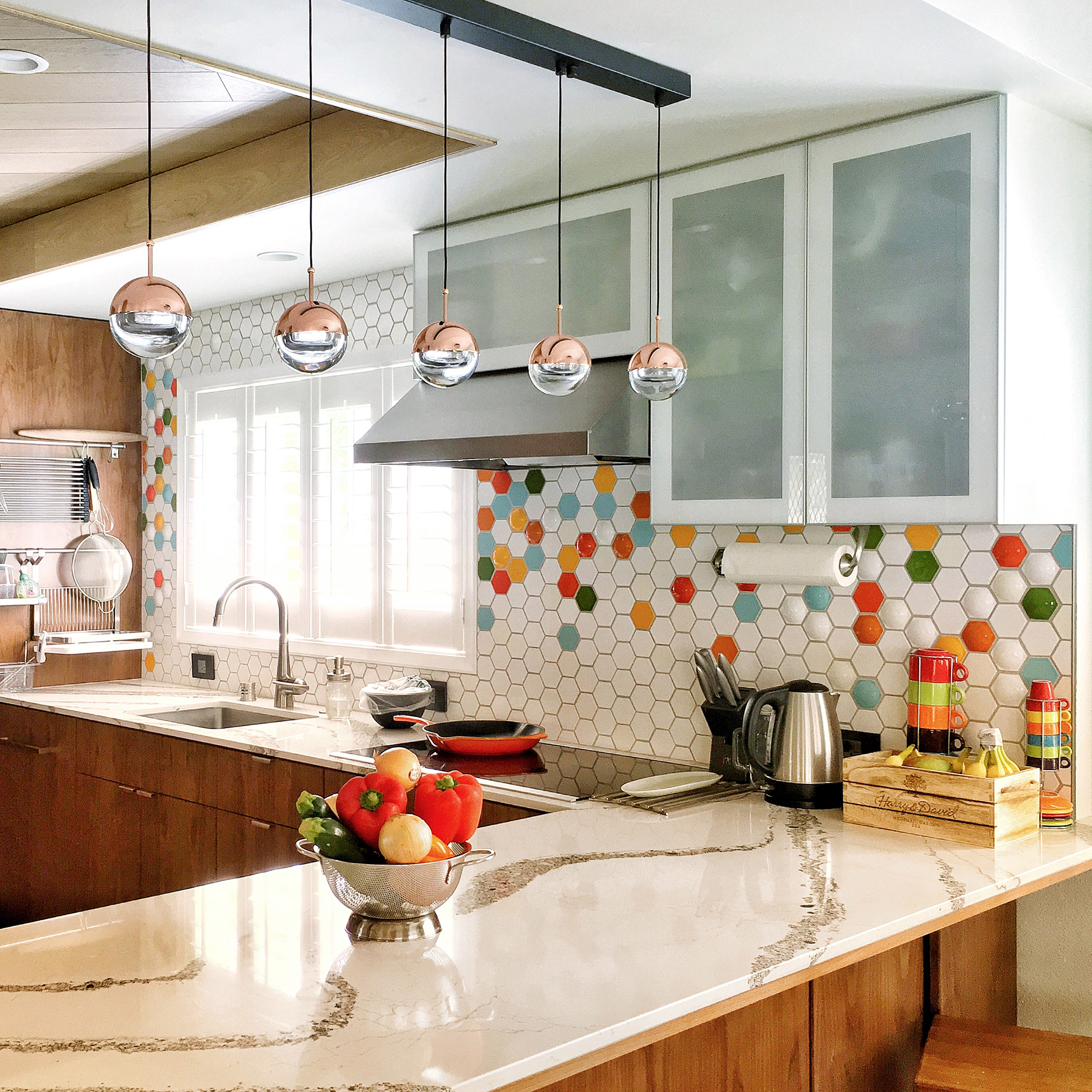
Invest in high-quality materials and fixtures that offer durability and functionality. Products with substantial warranties can be a selling point if you plan to sell your home in the future. Consider options like solid-surface countertops and hardwood flooring, as they offer long-term value and enhance resale appeal.
6. Maximize Storage
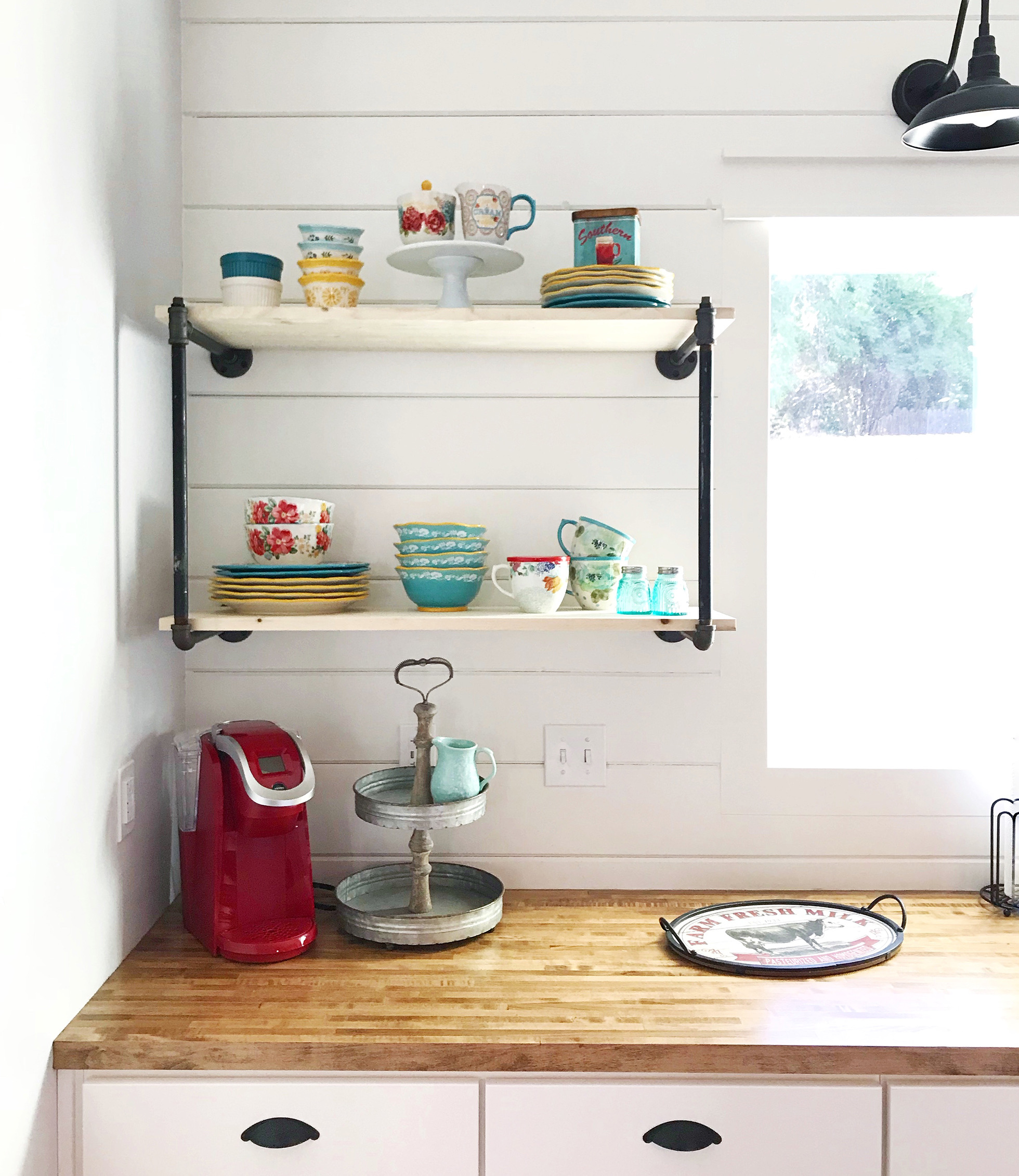
Storage is always in demand, and there are budget-friendly ways to create more space:
– Install cabinets that reach the ceiling to gain extra storage for seasonal items.
– Utilize small shelving units on unused wall areas and inside cabinet doors.
– Hang pots and pans from a ceiling-mounted rack.
– Add hooks to the backs of closet doors for aprons, brooms, and mops.
7. Maintain Clear Communication
Establishing good communication with your project manager or construction team is essential for staying on budget and ensuring a smooth process. Maintain a presence during work hours, set up a communication routine, establish house rules, and show appreciation for their efforts.
By following these seven budget-friendly kitchen remodel ideas and maintaining open communication with your contractors, you can achieve a kitchen transformation that combines style and functionality without breaking your budget. With careful planning and attention to detail, your kitchen remodeling project can be a breeze!
6 Kitchen Materials Savvy Remodelers Avoid


Retro kitchen interior design in modern mid century style. Generative AI
When it comes to remodeling your kitchen, durability is paramount. However, it doesn’t have to come at a premium price. While it might be tempting to opt for the cheapest or shiniest materials available, it’s important to choose options that can withstand the wear and tear of daily use.
Here are some materials that savvy remodelers tend to avoid when undertaking a kitchen project:
1. Plastic Laminate Counters
While there are high-quality laminates available, it’s the entry-level plastic laminate that should be steered clear of. These laminates often appear thin and lack texture, making them prone to scratches. Moreover, exposure to moisture, such as steam from a dishwasher, can cause delamination of the countertop, leading to chipping along the edges.
Opt for a higher-quality laminate that offers improved scratch resistance, textured surfaces, and even antimicrobial properties. It might cost a bit more, but it’s a worthwhile investment.
2. Inexpensive Sheet Vinyl Flooring
Your kitchen floor endures constant foot traffic, so its quality matters significantly. Cheaper sheet vinyl flooring, priced at around $3 per square foot without installation, tends to be thin and less forgiving. It can develop bubbles and other issues if the underlying layers are compromised by moisture.
Consider upgrading to luxury vinyl tile, which costs approximately $11 per square foot without installation. While it’s still glued down, it offers greater durability and comes in various styles, including options that resemble high-end stone.
3. Some Laminated Cabinet Fronts
Low-end thermofoil cabinet fronts should be approached with caution. Thermofoil, despite its name, is essentially vinyl heated and molded around fiberboard. It lacks heat resistance and can warp and yellow over time. Additionally, the quality of the wood beneath the thermofoil is often subpar.
However, newer European laminates are gaining popularity for their clean-lined, flat-panel appearance. They come at a more affordable price than custom cabinets while providing a rich look and enhanced durability.
4. High-Gloss Lacquered Cabinets
While high-gloss cabinets may look impressive, they can be costly to maintain. The extensive process required to repair scratches or dings in the lacquer can add up quickly. Consider opting for high-end thermofoil cabinets, which offer a similar look but are more budget-friendly.
Thermofoil cabinets typically cost between $250 to $350 per cabinet, depending on style, size, and color, making them a more cost-effective choice compared to lacquered cabinets.
5. Flat Paint
While flat paint offers a velvety, sophisticated appearance, it’s not suitable for kitchens. It lacks the durability needed in a space where splatters and spills are common. Even minor stains can permanently mar flat paint.
Opt for high-gloss or semi-gloss paint on your kitchen walls. These finishes can withstand repeated cleanings without deteriorating.
6. Trendy Backsplash Materials
Trends come and go, so it’s best to avoid super trendy colors and materials when it comes to permanent fixtures like backsplashes. These materials can be expensive and difficult to install. If your tastes change in a few years, justifying a redo can be challenging.
Stick with classic subway tiles, which are not only timeless but also budget-friendly, with prices ranging from $6 to $16 per square foot. Alternatively, choose an integrated backsplash that matches your countertop material, and add pops of color through accessories.
In conclusion, when remodeling your kitchen, prioritize durability and quality over cost and trends. By avoiding these materials, you can ensure that your kitchen not only looks great but also stands the test of time.

 Facebook
Facebook
 X
X
 Pinterest
Pinterest
 Copy Link
Copy Link


